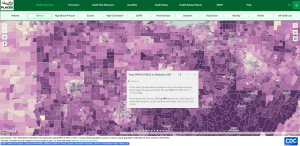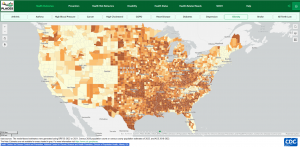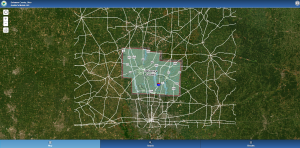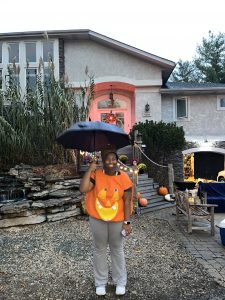Chapter 1.Introducing GIS-
GIS gives just about unlimited access to the information of a place without having to physically go there. For example, identification of land features, climate, boundaries, population, resources and other things can be accessed just from the web using a geographic information system. Different analyses can be formed as well based on information gained from using GIS, like evolution, anticipation of future conditions based on current ones, finding locations for different needs, tracking diseases and starting points of spread, and many other examples. GIS allows room for exponential growth in terms of tracking, discovering and examining data. Usage of layers on GIS on maps also lays down the foundation for unique and hyper detailed viewing of certain characteristics that would otherwise be difficult to map, such as transmission lines, coal basins, shapes of geometrical forms, and other geographic features. With this, zooming, shrinking are at the fingertips of all users of GIS.
Chapter 2. Introducing ArcGIS-
On GIS, there are feature layers, raster layers, scene layers, service layers, query layers, selection layers, subtype layers, voxel layers and graphics layers. Layers can be overlaid with one another and the result differs based on interaction with other layers. ArcMap- GIS application for analyzing and creating maps. ArcCatalog- application for management of data, deals with organization and documentation of spatial data. There are also different uses of ArcGIS for different people, such as ArcGIS for developers, professional usage of ArcGIS, and ArcGIS apps. Along with this, ESRI data is also available for use, things such as Smart Mapping, which is ESRI’s interactive program that enables users to quickly and efficiently navigate and spread data that has been inserted into maps. And Tapestry, which is ESRI’s segmentation data and divides different areas of towns, such as neighborhoods, into divisions based on socioeconomic and demographic characteristics and factors.
Application-
My application based idea would be to include more detailed areas of surface elevation, higher and lower around Ohio, but specifically Delaware Ohio. I think that doing this would not only be beneficial for construction agencies, but also the people that live and interact with these areas frequently. For example, roads such as Elizabeth Street, South Liberty Street, South Washington Street, and South Sandusky street are all on higher elevations of hills that people in wheelchairs or physically handicapped may be unable to venture due to said elevation. Along with that, construction would be increasingly expensive as proper tools, infrastructures and supports need to be included for safe projects to be completed.









